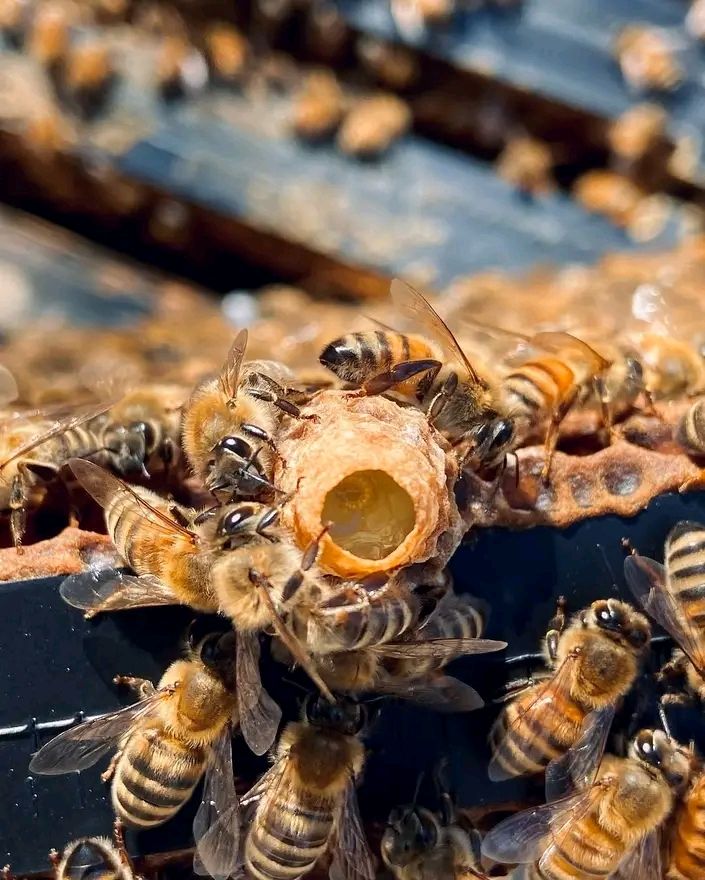The Impact of a Missing Queen Bee on the Hive
The Role of the Queen Bee
The queen bee is the heart of a hive. Her primary role is to lay eggs, ensuring the continuity and growth of the bee colony. In a healthy hive, the queen bee can lay up to 2,000 eggs per day during peak season. This incredible reproductive capacity makes her an essential figure in maintaining the hive's population and overall health.
Besides her reproductive duties, the queen bee also produces pheromones, which play a crucial role in maintaining social order within the hive. These chemical signals regulate the behavior of worker bees and help coordinate their activities, from foraging to nursing young bees.

Consequences of a Missing Queen
When a hive loses its queen, the structure and efficiency of the colony can quickly begin to deteriorate. Without her presence, the production of eggs halts, leading to a gradual decline in population. This decline can make it difficult for the hive to sustain itself, especially during times of resource scarcity.
A missing queen also disrupts the pheromone balance within the hive. Without the queen’s pheromones, worker bees may become disoriented and less efficient in their tasks. The absence of these chemical signals can lead to increased aggression among workers and a breakdown in the social order of the colony.
Emergency Queen Rearing
In response to the loss of a queen, a hive will typically initiate emergency queen rearing. Worker bees will select several larvae and feed them royal jelly to develop new queens. This process is critical for the survival of the hive, as it allows for the replacement of the missing queen.
The new queens will eventually emerge, with one becoming the dominant queen after natural selection processes, such as fights with rival queens. The successful emergence and acceptance of a new queen are vital for restoring stability within the colony.

Impact on Honey Production
The absence of a queen bee can significantly impact honey production. As worker bees become less organized and focused without the pheromonal guidance of a queen, their efficiency in foraging and honey-making diminishes. This can lead to reduced honey yields, affecting both the hive's sustainability and any beekeeping operations relying on that hive.
Moreover, with fewer worker bees being born due to the lack of egg production, there are fewer individuals available to support all necessary hive functions, including guarding the hive from predators and maintaining temperature control within the hive.
Long-term Implications
If a new queen is not successfully reared or introduced into the hive quickly, long-term consequences can ensue. The continued decline in population may eventually lead to the collapse of the hive. This is why beekeepers often monitor their hives closely for signs of queenlessness and intervene by introducing a new queen if necessary.
The health of a bee colony is intricately tied to its queen bee. Her presence ensures not only population growth but also social harmony within the hive. Understanding the impact of a missing queen helps underscore the importance of careful hive management and timely interventions when necessary.